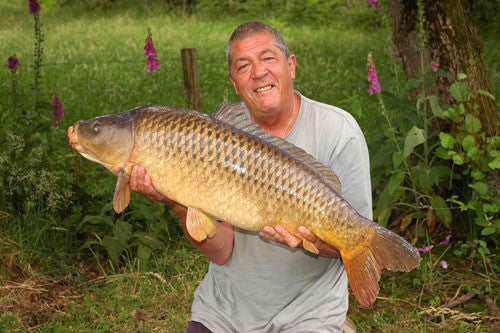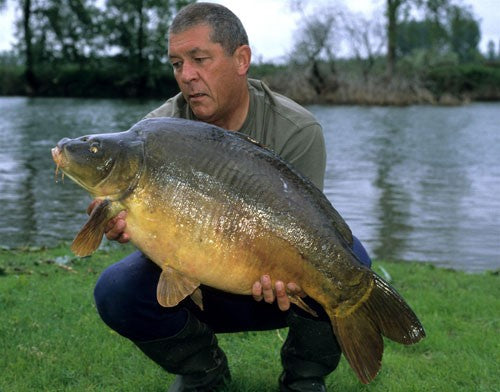There are loads of magazines and DVDs out there that aim to show you every possible rig and bait permutation on God's earth.
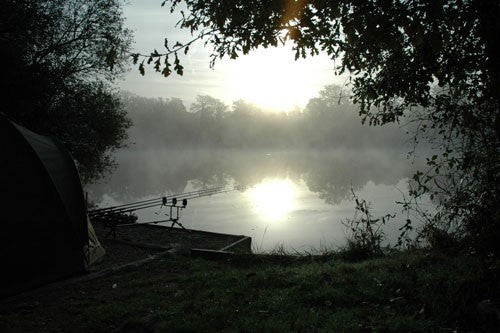
Sadly, however, there are few articles or vids about watercraft, the pure nuts and bolts of carp fishing. So what exactly IS watercraft? That’s a bit like asking the length of a piece of string! It is a fact that a tiny minority of carp anglers have an uncanny ability to assess a venue at a glance and know instinctively where is likely to be the best place to fish. These individuals are rare as hen’s teeth! I just wish I was one of them.

There are many ways to acquire enlightenment, but I can assure you that prayer and mediation are not among them. In fact, nothing short of a slow but remorseless acquisition of knowledge will suffice. In time you may, if skilled enough, join that happy band mentioned above. Otherwise, you'll just have to muddle through as best you can, picking up experience and knowledge as you go along.
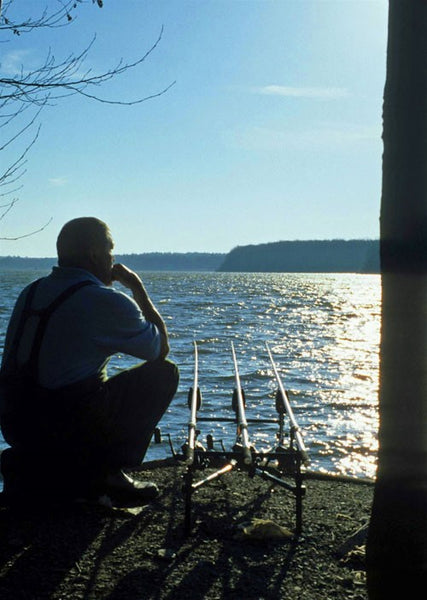
They say you make your own luck and this is certainly true, but in carp fishing as in all other aspects where chance has its say, luck can play a big part in your success. But don’t rely on it, make it happen! As much as anything watercraft is an ability to read the water, and sharp observation at first and last light can reveal a hell of a lot.

Watercraft also means being able to judge the effect of the wind and weather and know how changing conditions can affect fishing. I shall look at the weather in much more detail in a later article.

The acquiring of watercraft also encompasses finding out as much as possible about the underwater environment and this is perhaps the best way of not only spotting carp but also identifying areas where they might feed.
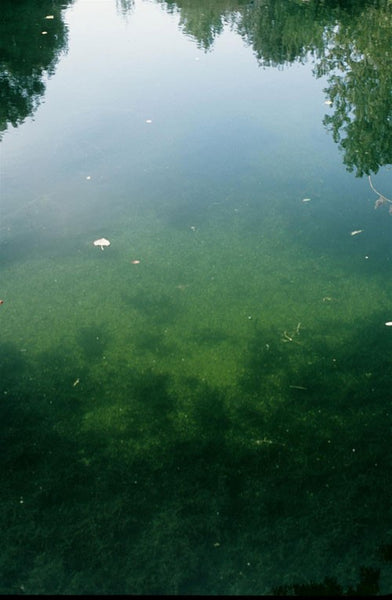
They have certainly been feeding here! I call areas like this 'dinner plates'. These are areas of the lakebed that have been polished clean of silt and weed by the feeding activity of carp. This is a typical dinner plate that I created on a French river a few years ago.

Initially I found a handy marginal area with plenty of weed, overhanging trees and deep water that looked a likely candidate for the creation of a dinner plate. I then baited the spot with boilies, and a couple of buckets - about 20 kg worth - of Haith's Red Band, hempseed and groats. These are my three all time favourite mini particles and a blend of the three more or guarantees that carp will get their heads down and feed when they find it. Sure enough, it did not take long for the carp to arrive on the bait carpet and soon they were feeding so hard that the lake bed disappeared as they clouded up the water.
And it wasn’t long before I had one in the net and after all the commotion and the water cleared I could see that the lake bed had been swept clean of weed and debris.

I adore fishing rivers, and finding feeding areas is nothing like as hard as you might think. In fact, a wise French angler once told me when I first started out on the R.Charente, “if you see a spot that you think looks right, then it most probably is right.” I think this shot shows what he meant. That fallen tree on the far side is simply crying out to be fished!

By practising effective watercraft techniques you should be able to anticipate the carps’ movement, discover their habits, where they go at any particular time of the day. The fish in this photo are on a patrol route, one that close observation has shown they use regularly to travel between feeding areas.
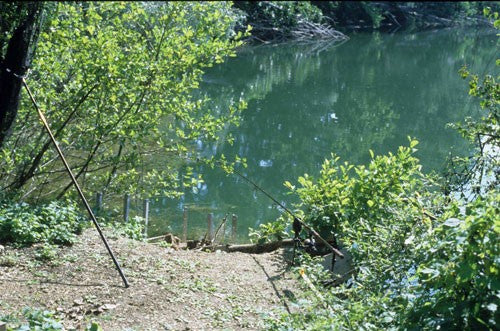
Big carp are often loaners, independent of their smaller, more excitable brethren. Think of your Gran: she likes her peace and quiet, she doesn’t like to be rushed or disturbed by the screams, yells and tantrums of her grandkids. Big carp are the same. They like quiet out of the way corners, often the most unlikely looking areas you could imagine for catching carp. This is a quiet little swim in a little bay off the main body of a 40-acre lake. It is the ideal stalking spot and is best fished using only one rod. The hot spot is directly under the branches coming in at the left of this photo. Most anglers actually walk straight past this area as they feel it is unlikely to produce, but they are wrong!

The swim in photo 11 produced several very big fish for me when the rest of the lake was quiet. I figured that they bigger fish came in to the corner to get away from the barrage of casts that were aimed at the middle of the lake by the other anglers who were fishing the open water. This big mirror took a bait placed less than a yard from the bank in only a couple of feet of water.

The main problem with the swim was the fact that it was good for only one fish at a time and it needed to be 'rested' for a few hours before they carp would venture back and start feeding again. Of course, before resting the swim make sure you add plenty of bait for them to find when they return.
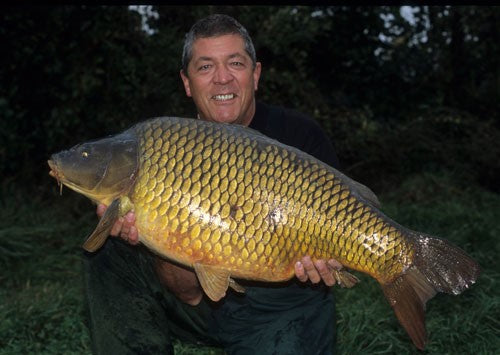
I caught a forty and seven thirties in three days in that tiny spot using just the one rod, but I rested the swim for a few hours after each capture, filling it in with bait before resting. I wanted them to be full of confidence when they returned, hoping they would feed hard before I risked introducing a hookbait. I knew the fish were in there simply because they clouded up the water so heavily I could not see the bottom. However, inevitably they spooked off the spot after a capture and it took progressively longer for them to pluck up the courage to return. Eventually they stopped visiting the swim altogether, but while they favoured that little hot spot I was able to fill my boots. But that’s the thing about watercraft…It’s a matter of adapting. Those fish showed me that they would only tolerate a certain amount of disturbance and after eight captures they didn’t come back for the rest of my trip.
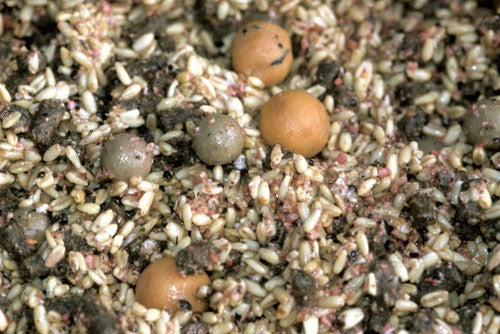
My favourite bait for this type of fishing depends on the situation. If I have time and can prepare the bait at home I will make up a blend of many different types of bait including pellets, Red Band, hempseed, groats and a few boilies. I will also add some neat Robin Red to add still further attraction, and maybe some liquid food.

However, if I don't have the time or the facilities to boil up the bait I am quite happy to use groats on their own, as they are so easy to prepare at the lakeside. Simply soak overnight in lake water to which you have added you favourite attractors. They will be ready the next morning and will have released a sweet milky liquor that clouds the water and draws fish from all over the lake.
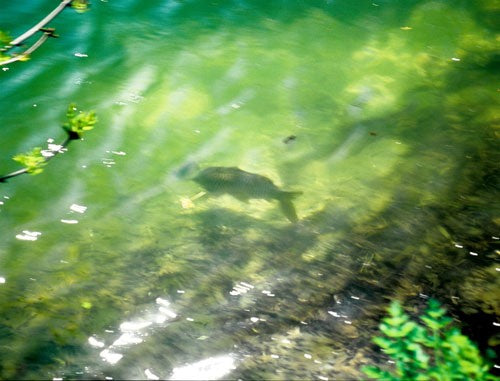
When you have created the initial feeding area and got them going on the bait you can often extend the dinner plate. This one extends several meters out into the lake. Once again the hempseed/groats/pellet combination was used to draw in the carp and in this photo you can see a lone common searching for the last morsel of bait in the swim.

He was clearly very agitated by the remaining smell of the bait but appeared almost frustrated that there wasn’t very little of it left. So I dropped a bait on his nose and he took it straight away!
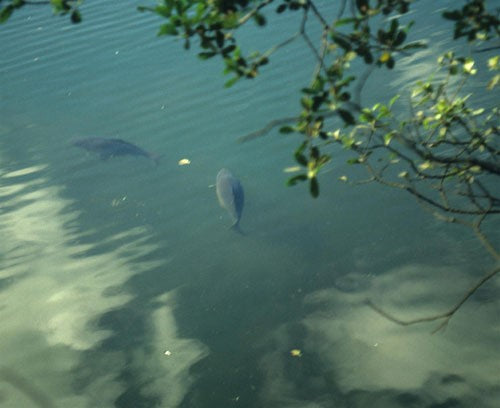
I am a firm believer in watching carp go about their daily business. You can learn so much more about them when you are actually looking in on them in their natural environment. You can see how and where they feed and also watch how they patrol their own world. Carp have their favourite areas for each activity. They have feeding areas of course, but there are also areas where they go to rest and relax. Though you may find them day after day at the same time and in the same area you may never get a take from there as that is a resting area, not a feeding one. The two carp in this photo are resting and to the best of my knowledge nobody has ever caught a carp from this 'chill-out' zone.
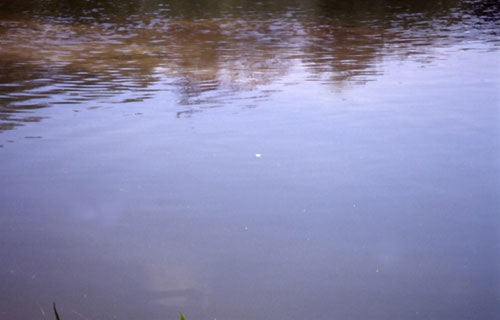
On the other hand, when they are doing this, they throw caution to the wind. The coloured water at the top of this picture is caused by the carp churning up the lakebed while feeding aggressively on particle and boilie crumb. When they create such mayhem as this they are dead easy to catch. These fish are totally oblivious of the angler’s presence and any bait chucked in among them is likely to provoke a response.
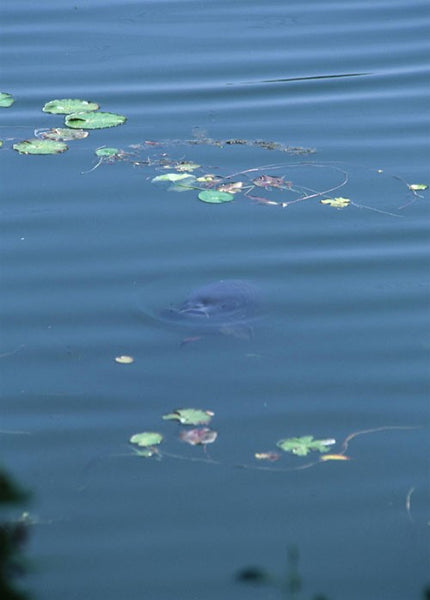
Do not think that having a good bait and an effective rig is any kind of substitute for good watercraft. In effect watercraft is no one single aspect of carp fishing, rather it is a Zen-like state of mind that needs to be nurtured, developed and fine tuned as your carp fishing experience expands.
Written by Ken Townley.

